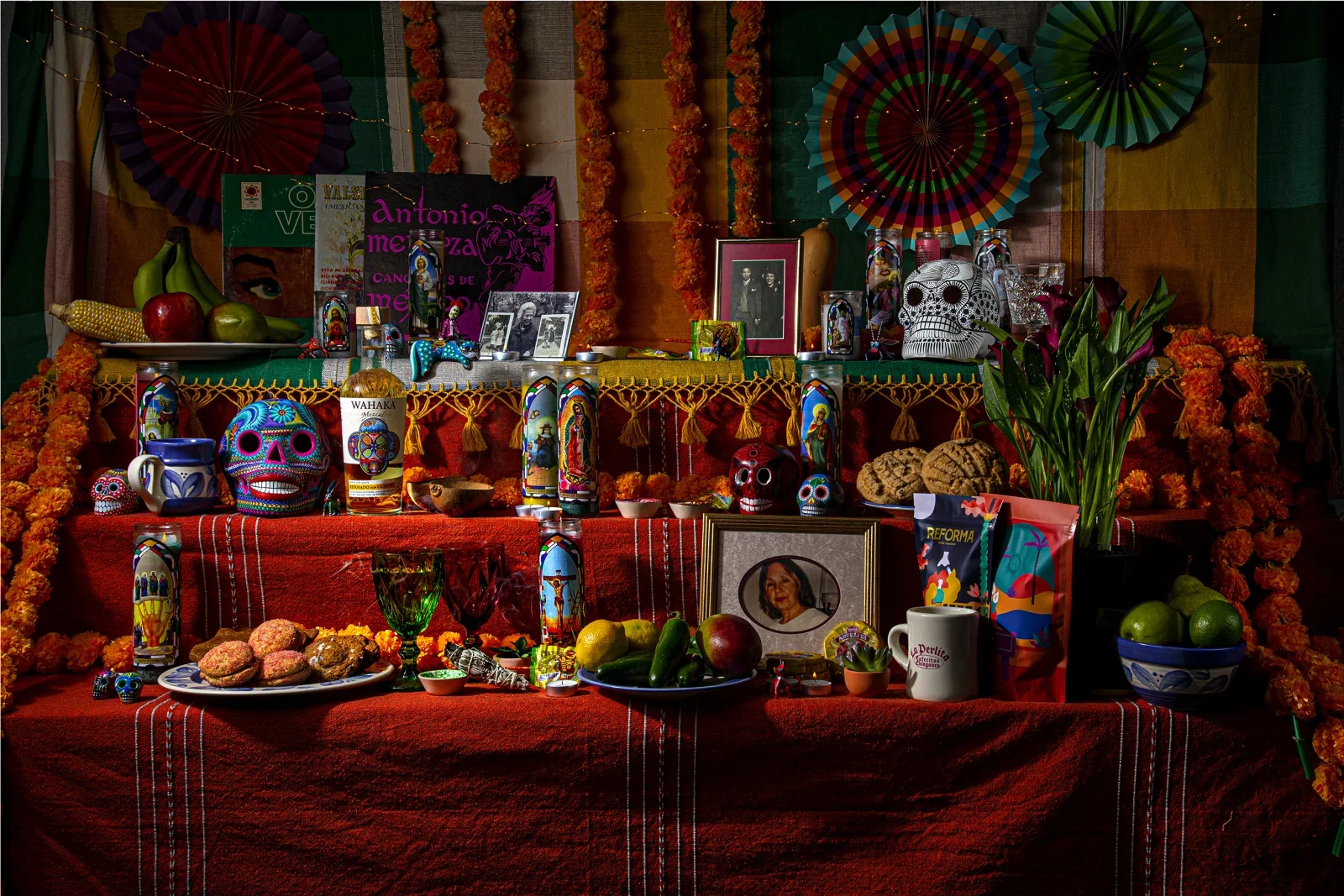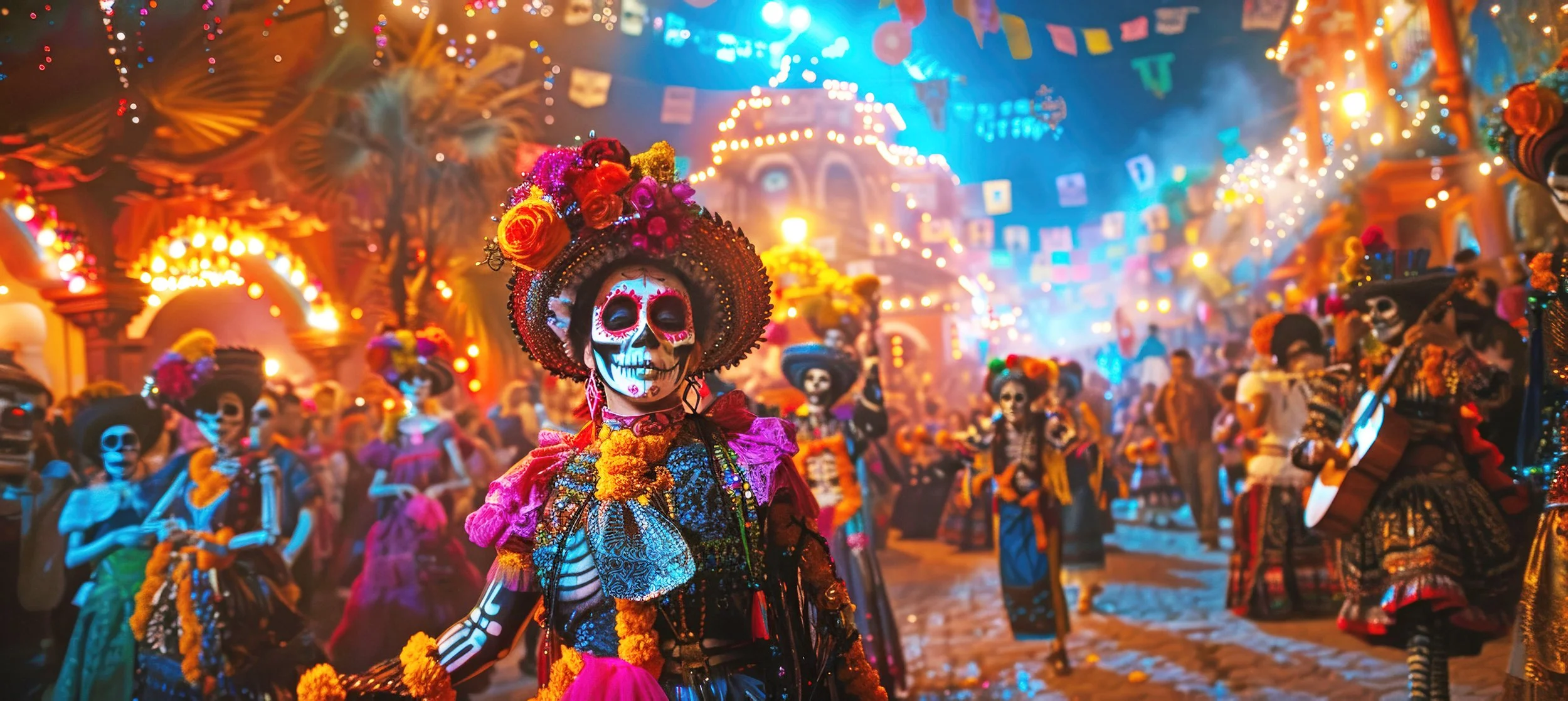Día de los Muertos: The Day of the Dead
Día de los Muertos, in English – Day of the Dead, is the Mexican holiday celebrated each year from October 31 to November 2 where the living have the opportunity to reunite with and celebrate those in their family who have already passed on.
The Origin
The holiday traditions of Día de los Muertos date back 3,000 years, during the ancient Mesoamerican times where the Aztec and other Nahua civilizations of modern-day central Mexico held rituals to honor the dead.
Unlike how many today see death as the opposite or converse of life, to the Nahua peoples, death was seen as an integral part of life itself. Once a person dies, it was believed that they would arrive at the Land of the Dead and undertake a journey of challenges to reach their final resting place. In the ancient Nahua rituals to honor the dead, families would gather to offer food, water, and other necessities to assist their deceased family members who are challenging these difficult trials.
Día de los Muertos
Today, the same practice can be seen during the Day of the Dead celebrations. It is tradition that families create altars, called ofrendas, to leave food and other offerings for their loved ones, inspired by the Nahua rituals of ancient Mesoamerica. While conveniently placed on the same day as the western holiday of Halloween, Día de los Muertos is not simply the Mexican version of Halloween. During these three days, it is believed that the border between the worlds of the Living and the Dead fades and the souls of these deceased loved ones can visit their living families to eat, drink, laugh, and play. Celebrating their return, the dead receive an extravagant welcome including offerings of their favorite foods and altars decorated with candles and bright marigolds.
Along with these iconic symbols, skeletons and skulls are prominent thematic elements in celebration of the holiday. The most famous of which is La Catrina, which has become the most dominating icon of this Holiday in the past 100 years.
The female caricature La Catrina was created as early as 1912 by José Guadalupe Posada as a satirical commentary alongside the events of the Mexican Revolution of 1910 – 1920. However, the popularization of the figure wouldn’t begin until 1947, which then saw La Catrina become a national symbol of the Mexican people and a representative of their beliefs on life and death. Today, La Catrina is a representation of elegance with her head adorned with flowers and clothed in sophisticated dresses with fine details and it is common to see many people dressed up with painted faces as part of the celebrations.
Día de los Muertos with the Elgin Symphony Orchestra
The Elgin Symphony Orchestra began its tradition of celebrating Día de los Muertos in 2024, with the goal of building community through inspiring performances and the power of music. Each year, we partner with local organizations, such as the Gail Borden Library, and collaborate with local talent—including vocalist José Carlos Díaz and the Elgin ballet folklórico company BFH—to bring this mission to life. By performing music from Latin American composers alongside special arrangements of popular songs like “Sabor a Mí” and “La Llorona,” we honor the holiday through music. Family-friendly festivities begin early with local vendors, food, and activities such as face painting for all ages. This concert welcomes everyone—whether you have celebrated Día de los Muertos all your life or are just beginning to learn about it, you’ll discover the richness and depth of music by Hispanic composers.





